While the 2020 updates of the ultraportable 15-inch ThinkPad lineups are mostly incremental improvements of the 2019 versions, Lenovo have majorly updated this 2020 generation of their full-size performance ThinkPads.
The ThinkPad P17 replaces the ThinkPad P73 as the 17-inch full-size performance workstation, with the ThinkPad P15 as the smaller 15-inch variant (replacing the P53).
Lenovo claims these have been redesigned from scratch, primarily in order to improve performance and cooling, and that’s great news giving our past experience with the P53 and P73 (links to our reviews). They’ve also been bumped to 2020-level hardware specs and slightly tweaked here and there.
Furthermore, Lenovo also launched a brand new ThinkPad P15v model, as a lower-specced, more compact, and more affordable alternative to the ThinkPad P15. This could be a good value 15-incher if done right.
Here’s a specs sheet of these three, and we’ll further dig into the details down below.
| Lenovo ThinkPad P17 gen 1 (2020) | Lenovo ThinkPad P15 gen 1 (2020) | Lenovo ThinkPad P15v gen 1 (2020) | |
| Screen | 17.3-inch FHD (1920×10800 px), 300 nits, non-touch, matte 17.3-inch UHD (3840×2160 px), 500 nits, Dolby Vision HDR, non-touch, matte |
15.6 inch, FHD 1920 x 1080 px, IPS, non-touch, matte, 300-nits 15.6 inch, FHD 1920 x 1080 px, IPS, non-touch, matte, 500-nits (Dolby Vision HDR) 15.6 inch, 4K 3840 x 2160 px, IPS, non-touch, matte, 600-nits (Dolby Vision HDR) 15.6 inch, 4K 3840 x 2160 px, OLED, touch, glossy, 500-nits |
15.6 inch, FHD 1920 x 1080 px, IPS, non-touch, matte, 250-nits 15.6 inch, FHD 1920 x 1080 px, IPS, non-touch, matte, 300-nits 15.6 inch, 4K 3840 x 2160 px, IPS, non-touch, matte, 600-nits (Dolby Vision HDR) |
| Processor | up to 10th gen Intel Coffee Lake Core i9 or Xeon, 8C/16T | up to 10th gen Intel Coffee Lake Core i9 or Xeon, 8C/16T | up to 10th gen Intel Coffee Lake Core i9 or Xeon, 8C/16T |
| Graphics | Intel UHD + up to Nvidia Quadro 5000 16 GB GDDR6 (110W) | Intel UHD + up to Nvidia Quadro 5000 16 GB GDDR6 (90W) | Intel UHD + Nvidia Quadro P620 4 GB GDDR5 (40W) |
| Memory | up to 128 GB DDR4 2933 MHz (4x DIMMs), optional ECC support | up to 128 GB DDR4 2933 MHz (4x DIMMs), optional ECC support | up to 64 GB DDR4 2933 MHz (2x DIMMs), optional ECC support |
| Storage | 2x M.2 PCIe slots with RAID 0/1 support, up to 4 TB | 2x M.2 PCIe slots with RAID 0/1 support, up to 4 TB | 2x M.2 PCIe slots with RAID 0/1 support, up to 4 TB |
| Connectivity | Gigabit LAN, Wireless 6 (Intel AX201) 2×2, Bluetooth 5.0, CAT16 WWAN option | Gigabit LAN, Wireless 6 (Intel AX201) 2×2, Bluetooth 5.0, CAT16 WWAN option | Gigabit LAN, Wireless 6 (Intel AX201) 2×2, Bluetooth 5.0, CAT94 WWAN option |
| Ports | 3x USB-A 3.2 Gen 1, 1x USB-C, 2x USB-C with Thunderbolt 3, LAN, HDMI 2.0, SD card reader, Smartcard reader | 2x USB-A 3.2 Gen 1, 1x USB-C, 2x USB-C with Thunderbolt 3, LAN, HDMI 2.0, SD card reader, Smartcard reader | 2x USB-A 3.2 Gen 1, 1x USB-C with Thunderbolt 3, LAN, HDMI 2.0, SD card reader, Smartcard reader |
| Battery | 94 Wh, 170 or 230 Watt charger | 94 Wh, 170 or 230 Watt charger | 68 Wh, 135 Watt charger |
| Size | 416 mm or 16.37” (w) x 281 mm or 11.06” (d) x 30.2 mm or 1.18” (h) | 375 mm or 14.76” (w) x 252 mm or 9.92” (d) x 29.1 mm or 1.14” (h) | 367 mm or 14.44” (w) x 250 mm or 9.84” (d) x 22.7 mm or .89” (h) |
| Weight | from 7.7 lbs (3.5 kg)+ 2.05 lbs (.93 kg) for 230W charger and cables, EU version | from 6.1 lbs (2.74 kg)+ 2.05 lbs (.93 kg) for 230W charger and cables, EU version | from 4.6 lbs (2.07 kg)+ 0.99 lbs (450 g) charger and cables, US version |
| Extras | backlit keyboard, HD webcam with ThinkShutter, IR camera, fingerprint scanner, TPM, Intel vPro, NFC (optional) | backlit keyboard, HD webcam with ThinkShutter, IR camera, fingerprint scanner, TPM, Intel vPro, NFC (optional) | backlit keyboard, HD webcam with ThinkShutter, IR camera, fingerprint scanner, TPM, Intel vPro, NFC (optional) |
As mentioned already, the ThinkPad 15v is a more affordable mid-range 15-inch notebook, an option somewhere in between the ultraportable ThinkPad P1 and the full-size ThinkPad 15.
It lacks some of the features available on those two, such as the options for an OLED panel or the higher-tier graphics, and that’s its major culprit. From what we know so far, the 15v will only ship with an entry-level Quadro P620 dGPU, which can’t do much.
On the other hand, Lenovo bundle this with the same powerful processors available with the other lineups, making it a fairly weird configuration that would target those in need of strong CPU processing power, but without a need for a GPU. This could perhaps cater to some creators and Solidwork/Blender works, especially if properly cooled and aggressively priced.
Lenovo have been offering this sort of specs on the previous ThinkPad P1 lineups, and they were well received. The P1 is a lighter and more portable product, but at 23 mm and 2.1 kilos, this P15v is not a chunky notebook either. Plus, it includes a larger battery and full-size keyboard with NumPad, which I’d reckon will interest some of you.
The ThinkPad P15v is set for retail around July, starting at $1349. You’ll want to stay away from that base-level screen, but I’d expect a competently specced all-round model to go for around $1600-$1800, which could put this on many desks.
The high-performance ThinkPads P15 and P17 have been redesigned from scratch according to Lenovo. They’re still full-size notebooks with chunky builds and big bezels around the screen, as the redesign primarily focuses on the internal layout and the thermal module. That’s smart imo, especially since thermal limitations have plagued the previous generations, and Lenovo can cater to those searching for a more portable device with their other options, such as the ThinkPad P1.
Back to the P15/P17s, Lenovo aim to keep noise-levels down with their workstations laptops in recent years, at under 38 dB, and that’s difficult without sacrificing the performance. In fact, it was pretty much impossible in the past, and I’ve complained about the limited thermal performance of the P72/P73 models, as well as the lack of fan/power customization.
Sure, I understand why some people would want a quiet laptop in their office, but at the same time, I wanted the ability to unleash the full power of my device if required. That was not an option before, but hopefully is going to be possible with these 2020 generations, through what Lenovo advertises as the “Ultra Performance Mode”, which lifts up the noise (and temperatures) limitations and allow the hardware to tap into its potential.
This setting, paired with the redesigned thermal module also mentioned in the official literature (quote: with “13 percent more airflow, a 30 percent larger CPU heat sink, larger vents, and even a new thermal mesh to dissipate heat faster”), should make the 2020 P15 and P17 notebooks much more compelling in their niche, and I’m looking forward to testing them and document the improvements.
The P15 and P17 share most aspects in terms of both the internal and exterior design. Specs wise, both are available with 10th gen Intel processors, 4x slots for memory, 2x slots for SSD storage, and a 94 Wh battery, plus Nvidia Quadro graphics in various assortments. The P15 tops at an RTX Quadro 5000 90W in this 2020 generation (up from the 80W model in the P53), while the P17 tops at a 110W RTX Quadro 5000 (up from the 90W model in the P17). They both get pretty much all the connectivity that you’d need on a work computer, including optional broadband Internet, as well as what looks like the same keyboards and clickpads from the 2019 models.
The P53 does offer more screen choices, with several bright FHD matte IPS and an OLED touch option, while the P73 is only available with matte screens in either FHD or UHD resolutions. The latter in excellent picks for content creators, with wide color gamut coverage and Dolby Vision HDR.
Both the ThinkPad P15 and P17 are expected in stores around July, with the 15-inch model starting at $1979, and the 17-inch versions starting at $2119, but expect to pay a lot more for the beefier configurations.
Keep an eye out for our updates in the months to come, I’m truly excited about reviewing these products and figure out their real-life worth with these much-awaited updates, and hopefully Lenovo are still willing to lend them to me for some proper reviews.

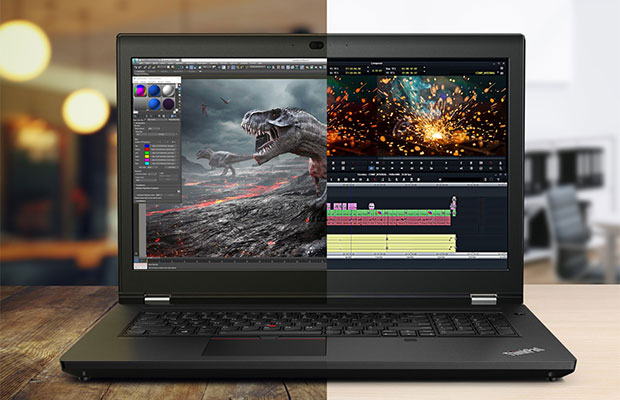

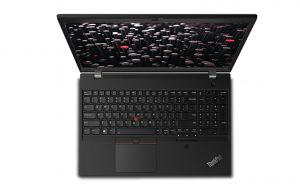
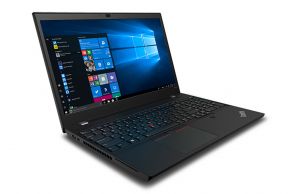
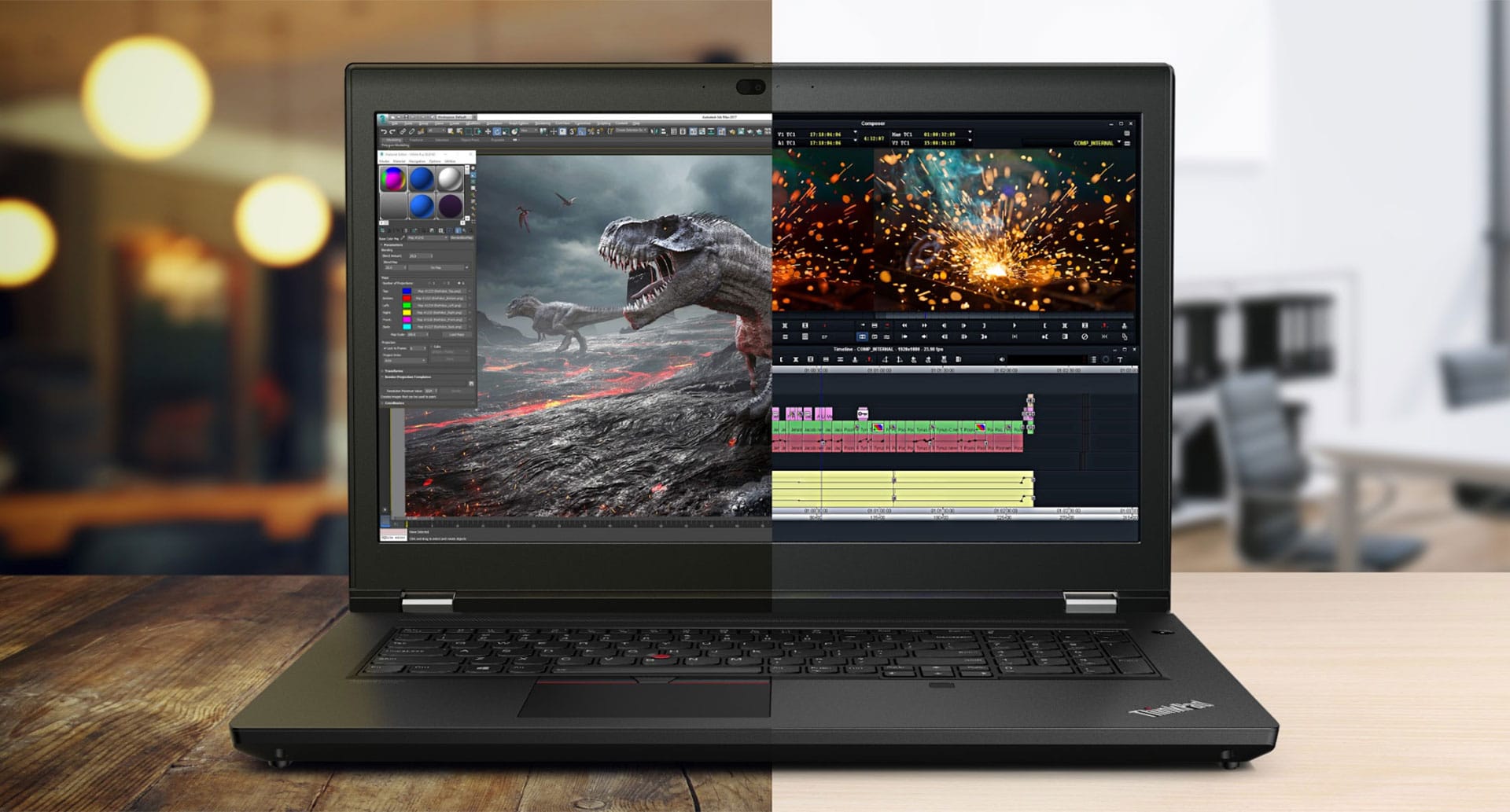

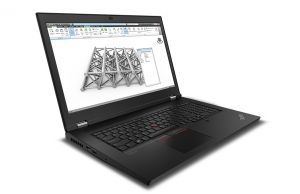
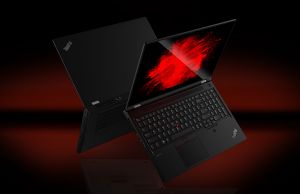

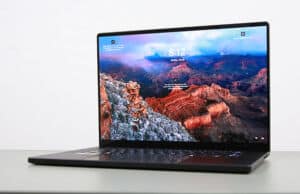
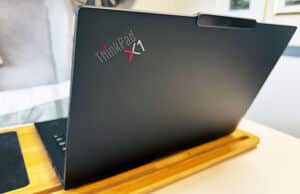
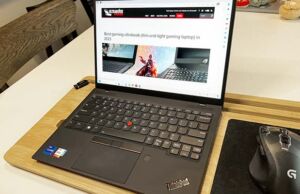
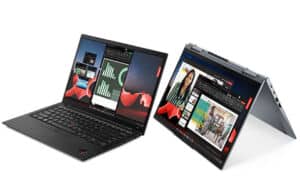
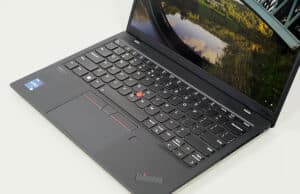
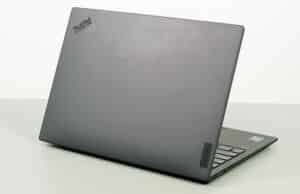




Francis
June 18, 2020 at 5:54 am
Disappointed that there is no AMD graphic options. My use case is Linux with open source drivers and after a previous bad experience with a P50 there is no way I will go with another Nvidia graphic card.
bittricks
June 22, 2020 at 10:00 pm
The only full AMD option that I have seen is the System76 Serval. However, every single one that I have seen over the years in person has had a trashy display. The display is rated as 300 nits but the thing was awfully dim.
I imagine that OEMs are not willing to jump on the AMD bandwagon yet. To this day, despite all the AMD hype, it just does not have the capacity to deliver large orders. And I'm sure the issue gets a lot more complex beyond what is commonly known.
david
July 29, 2020 at 9:57 pm
if 10th gen is there support for up to 2.5 gigabit Ethernet ?
Ravi Sriram
September 15, 2020 at 3:33 am
Thank you for a most informative article. I've been researching the P53 and P73 and was close to buying one of them when the issue with their thermals and the overheating and the concerns regarding overheating of the two laptops made me hesitate. It appears as though these issues have been resolved with the introduction of the P15 and P17 and now makes my decision a lot easier; I am also looking forward to your reviews of these machines in the near future. My alternate choices are the Dell Precision 7540 15" and its larger 17" stablemate, the 7740, whose reviews I also look forward to reading.
juan
September 17, 2020 at 8:53 pm
What about the X1 Extreme. How is it different from the P15?
Eden
January 6, 2022 at 8:12 am
Forgive me for hijacking, but i'm blind, and i could not figure outhow to post a new thread. I'm also looking btween p1, p15, and p15v. I do spreadsheet work and will be in the financial industry. I also need something than can handle big vst instruments. I know i need at least 64 gig of ram as one of the instruments ate my 32 gig memory computer for breakfast. I need it to have windows 10 or 11 pro, I need ethernet port, I need ample usb ports. Prefer sd card slot and webcam though they are negotiable. Must be powerful. Do not want ot use hubs. It's hard for me to read the charts on these. i do not need great visuals but very stellar performance power. i am sadly at the end with both my desktop and laptop and I can only afford one so that laptop must do all. What are your thoughts? i couldn't decide between gaming laptop or workstation but ended up thinking this is best.
Andrei Girbea
January 6, 2022 at 9:41 am
Does the laptop have to be portable? If not, I'd rather look at the P15/P15v over the P1, as these should be better cooled, offer more ports, and are most likely more affordable.
You should, however, consider that the performance is still somewhat limited with these THinkpads compared to a gaming laptop. If you're looking for a rather similar design but in a slightly more powerful product with better cooling, I'd suggest the Gigabyte Aero 15/17 lineups.
Also, if you're OK without an SD card slot, a Lenovo Legion 7 might also do the trick for you. It's theoretically a "gaming laptop" but it's a very clean design and you can opt for one of the lower GPU options if the GPU power doesn't matter as much for your loads. This supports upgradeable RAM, so you can easily add 64 GB, and offers better CPU performance and cooling than any of the thinner designs. IF you end up on this, go with the AMD model, it's cheaper.